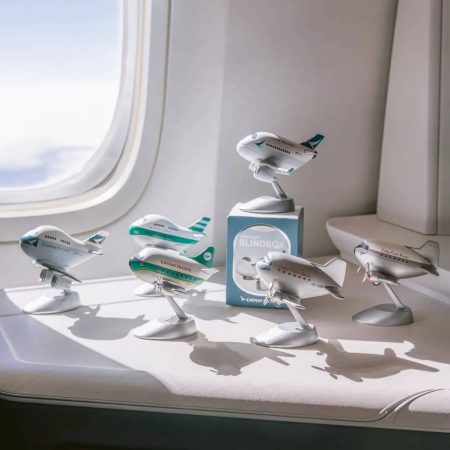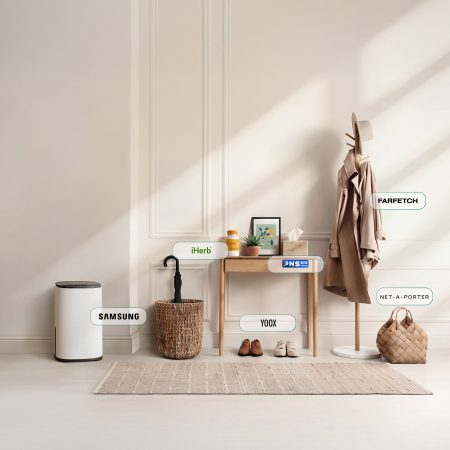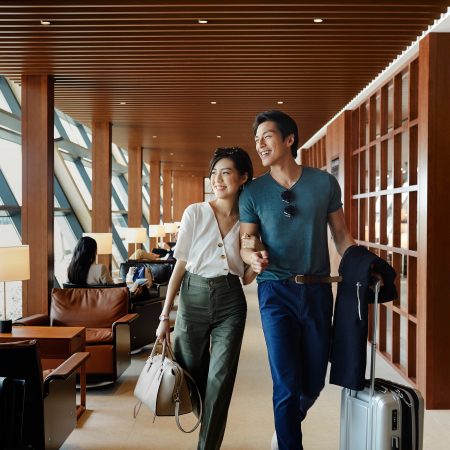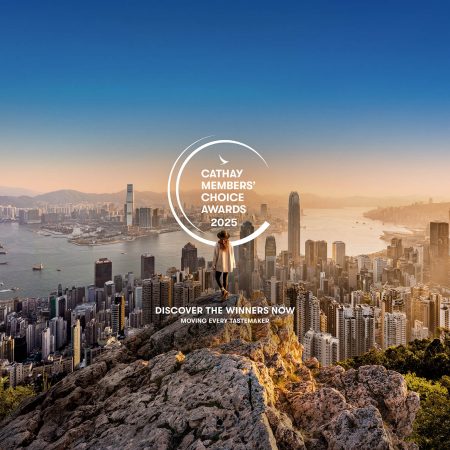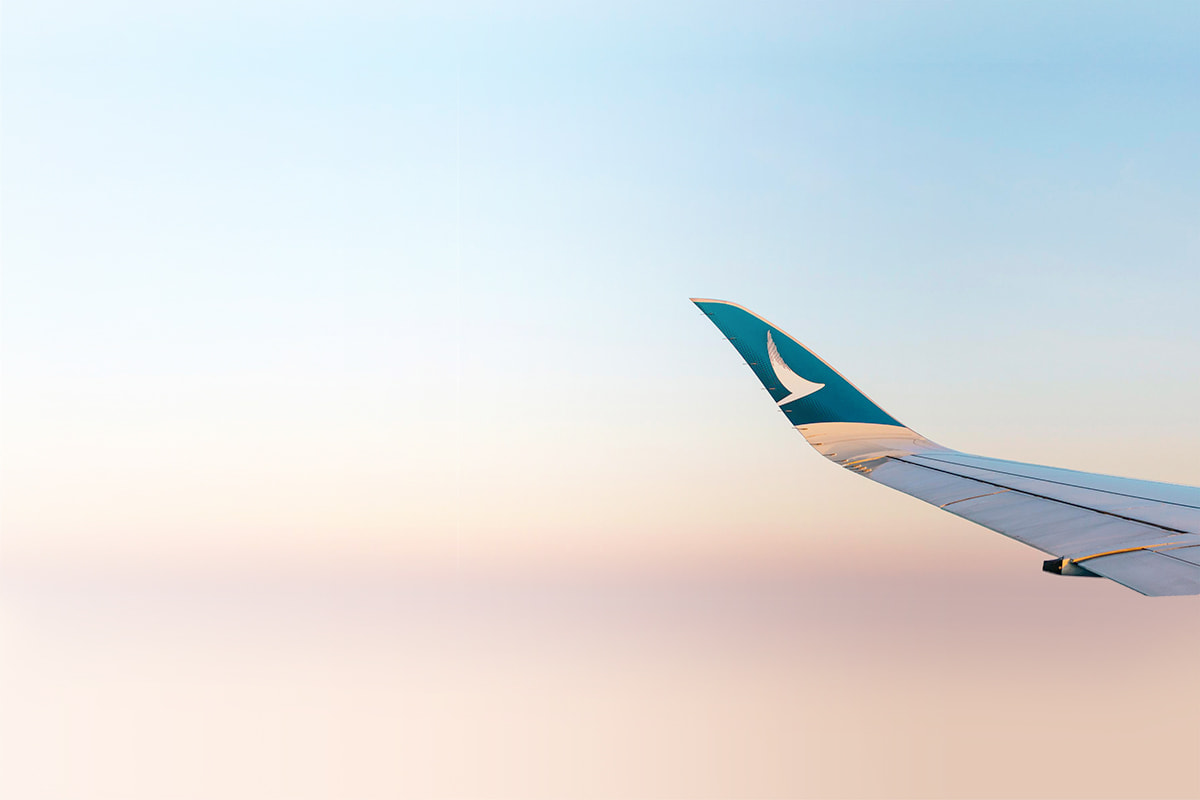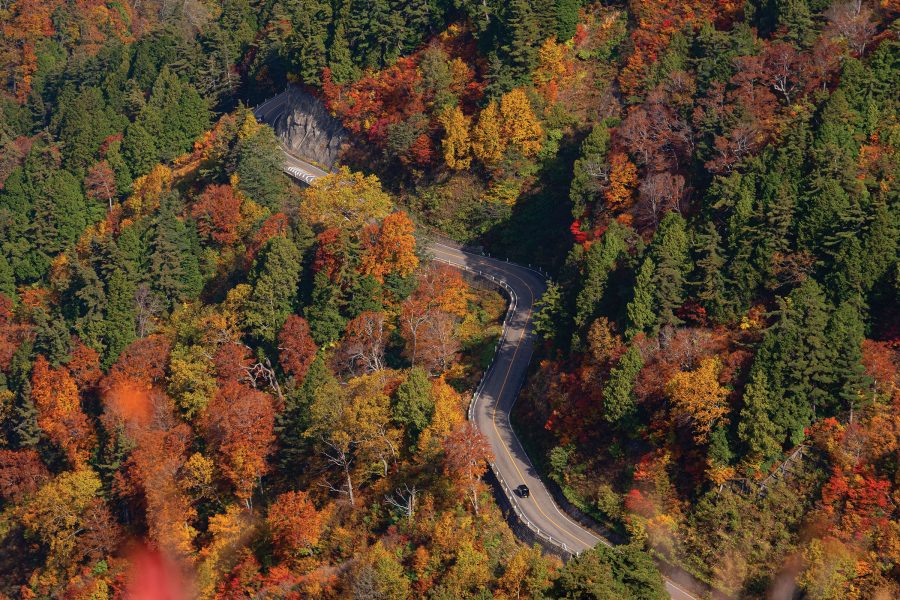Our adventure unfolds over a tapestry of rugged coastlines, tranquil countryside and ancient towns. We rent our car in Nagoya, and over the course of a week, drive 700km through the central part of Japan’s Chubu region – not in pursuit of new attractions, but to immerse ourselves in this timeless landscape. We gaze out over the vast Sea of Japan, wander through secluded villages, seek out secretive shrines and savour local specialities.

Credit: Charlotte Kung
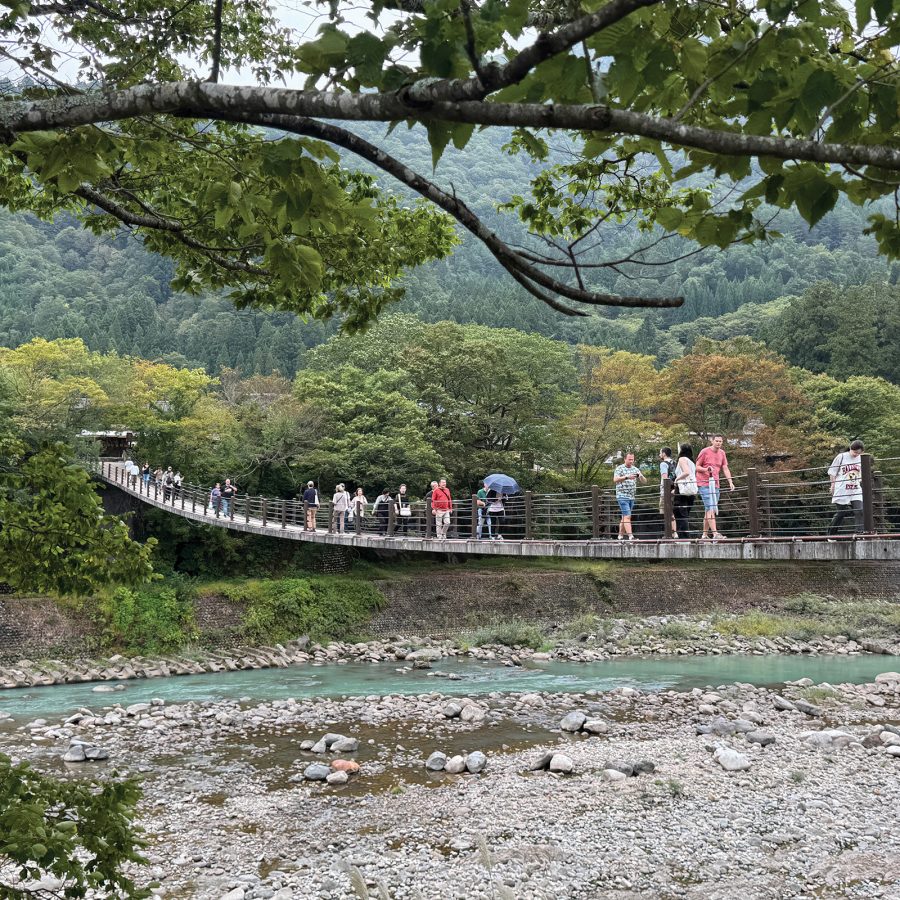
Credit: Charlotte Kung
Nagoya, Chubu’s largest city, is our first port of call. Dubbed “the city of the samurai”, the city is home to a castle constructed in 1610. Designated a National Treasure, it blends traditional Japanese aesthetics and robust fortifications, and is guarded by two golden shachihoko (mythical sea creatures). As we leave, we pass the old moat not far from a modern landmark, the Chubu Electric Mirai Tower. This marks the beginning of a journey from the ancient world to the present.
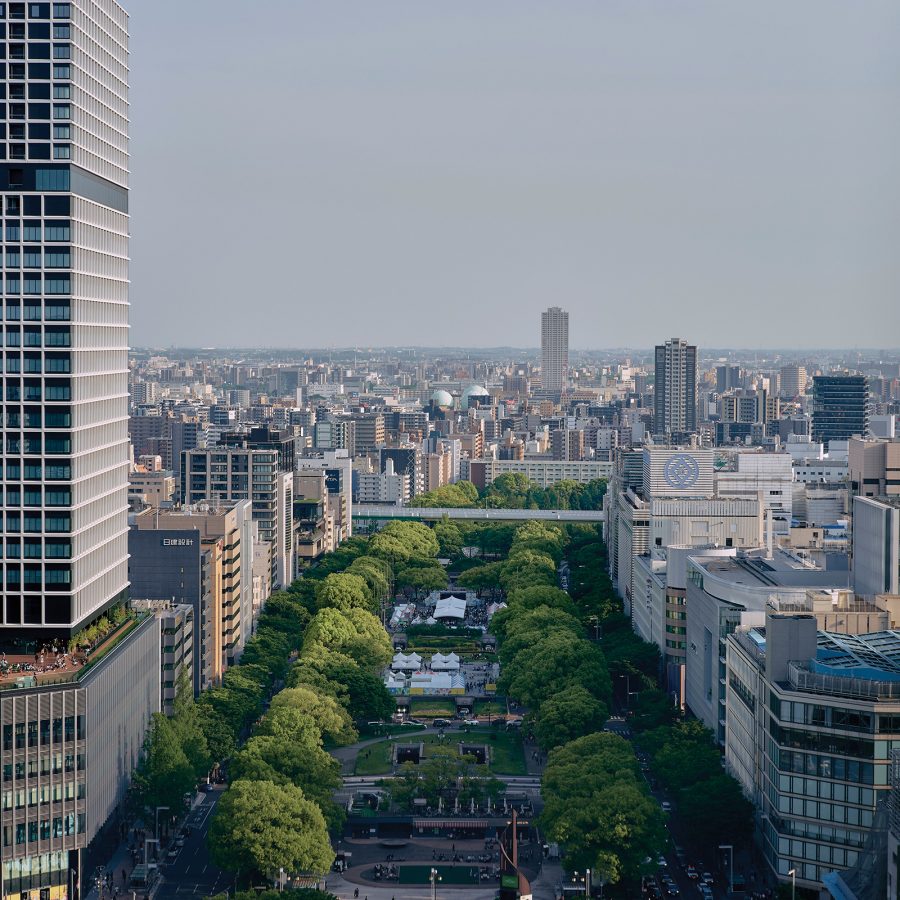
Credit: Eliud Kwan
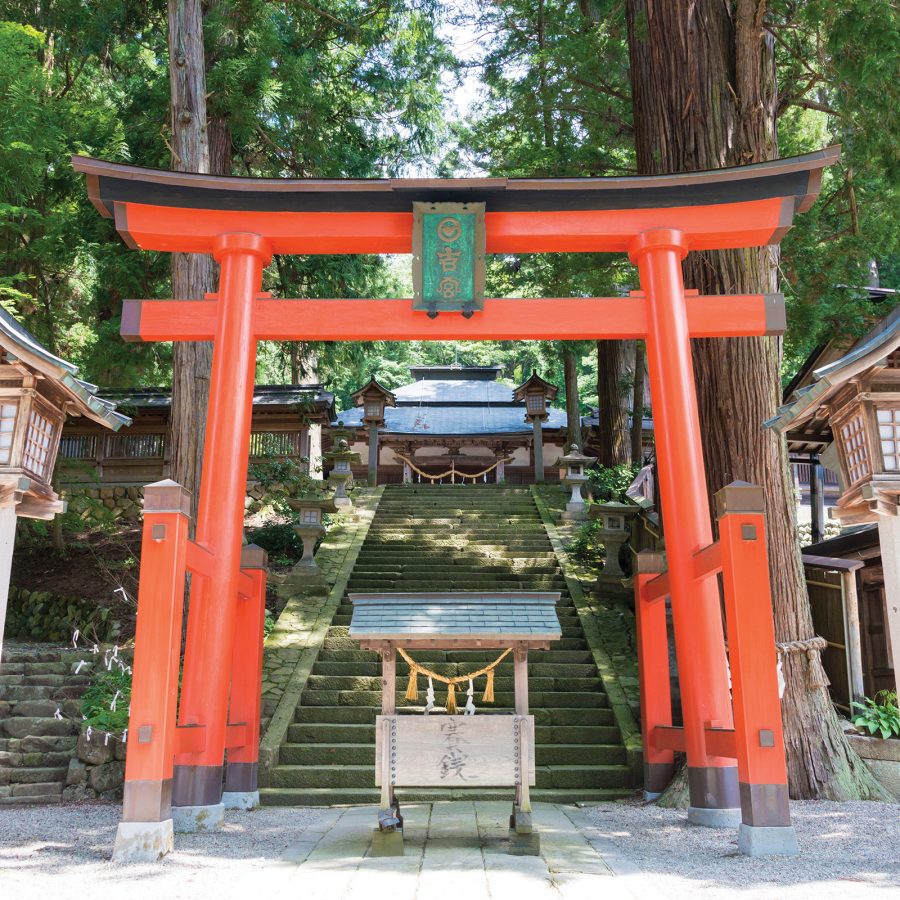
Credit: AlamyStockPhoto
Heading two hours northeast towards Gifu prefecture, crowded streets and dense buildings give way to open land dotted with cottages. The countryside melts into a remote mountain road that leads us to Nakatsugawa and Tsukechi Gorge – a mystical ravine famed for turquoise waters and cascading waterfalls. At a nearby restaurant, Iwana-no-Sato Hazama, we sample rustic Gifu cuisine, including iwana (rock fish) and kanroni (sweet-simmered fish), before hitting the open road again.

Credit: Charlotte Kung
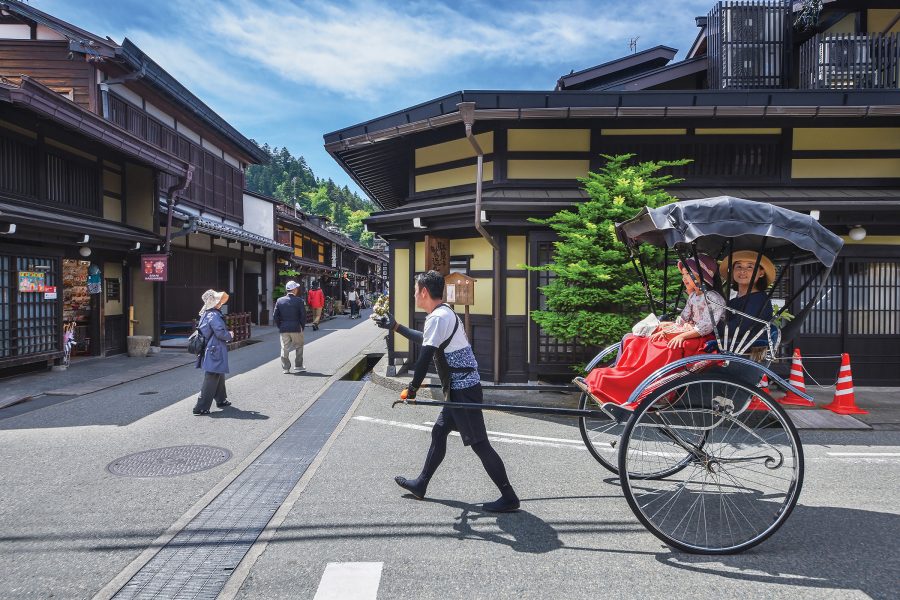
Credit: LeeYiuTung/Getty Images

Credit: Eliud Kwan
Tucked away in the mountains and surrounded by trees, Hie Shrine on the edge of Takayama is said to be the inspiration for Miyamizu Shrine in the 2016 anime film Your Name. In Takayama itself, the traditional latticework of the townhouses and welcoming noren (shop curtains) exude an old-world charm. Kamisannomachi buzzes with cafés, restaurants and grocers converted from historic homes. We stop at Hida Kotte Ushi for Hida beef sushi and gunkan-maki (battleship rolls), then enjoy a nightcap at the 200-year-old Funasaka Sake Brewery .
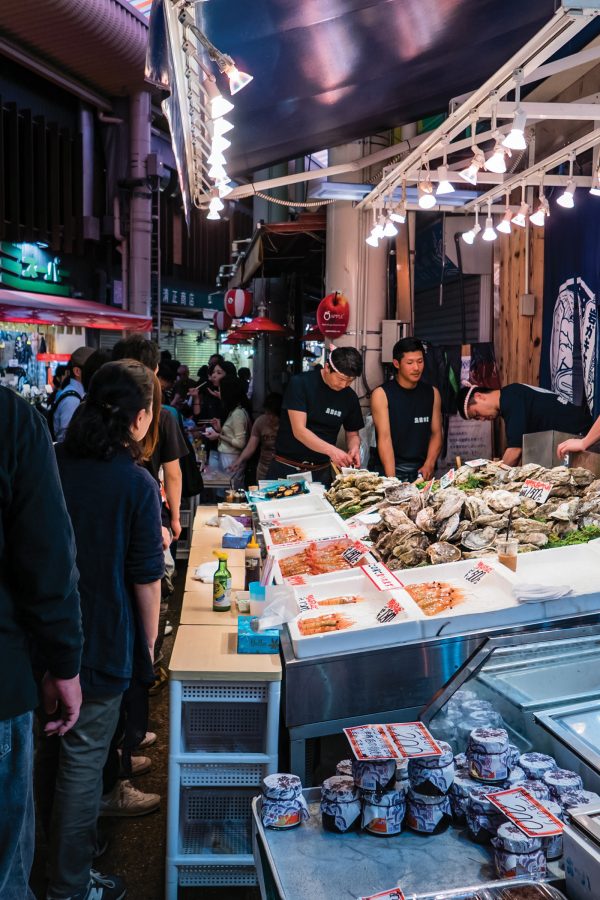
Credit: Phurinee/Getty Images

Credit: Noppasin Wongchum/Getty Images
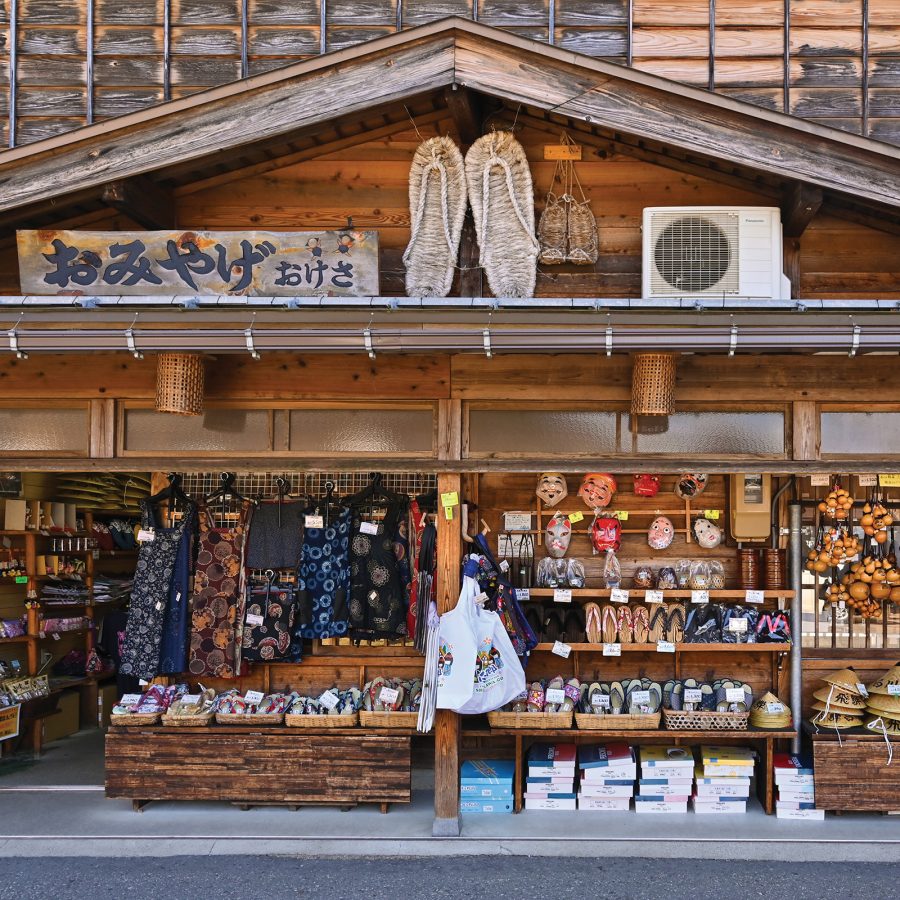
Credit: Nirad/Getty Images
The following morning, our journey takes us to the village of Shirakawa. In 1995, this remarkable place received Unesco World Heritage status for its gassho-zukuri cottages – traditional wooden homes built without nails, their steeply pitched thatched roofs resembling hands in prayer. It’s October, and we relish in the autumnal beauty without the high-season throng of visitors. The surrounding mountains form a mosaic of greens, yellows and reds, and a stroll along a wooden path leads to the Shiroyama Tenshukaku Observation Deck, where we take in panoramic views.
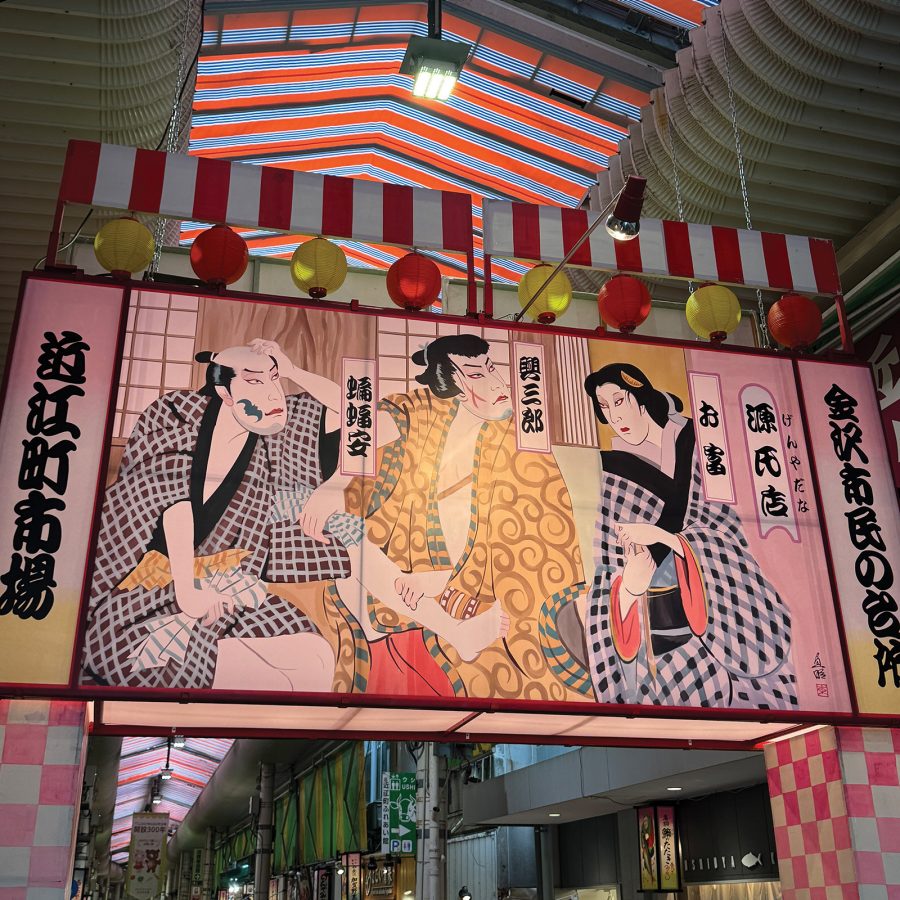
Credit: Charlotte Kung
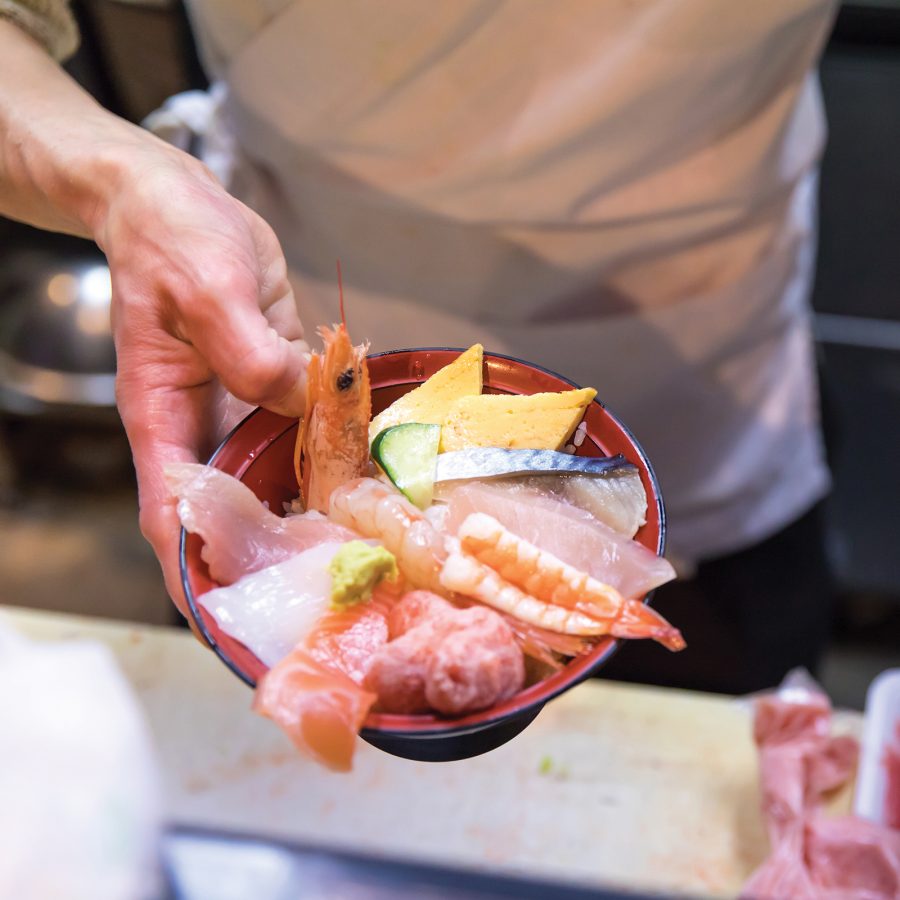
Credit: kumikomini/Getty Images
Next up is the city of Kanazawa in Ishikawa prefecture, Hokuriku region: a culinary hub. We head straight to the 300-year-old Omicho Market, home to 170 stalls selling fresh seafood and local Kaga produce. For lunch, we pop into Amatsubo where we breathe in the rich aroma of crab miso served in its shell and enjoy the unique flavours of Kanazawa-style oden. This dish features radish and regional delicacies such as kuruma-fu (wheat gluten), baigai (Japanese Babylon sea snail) and octopus. After lunch, we explore the DT Suzuki Museum , which honours the life and work of the renowned Japanese Buddhist philosopher. It’s an ideal place for quiet contemplation. We sit at the edge of the tranquil Water Mirror Garden, gazing at the reflection of the plants, untroubled by our thoughts.

Credit: Charlotte Kung
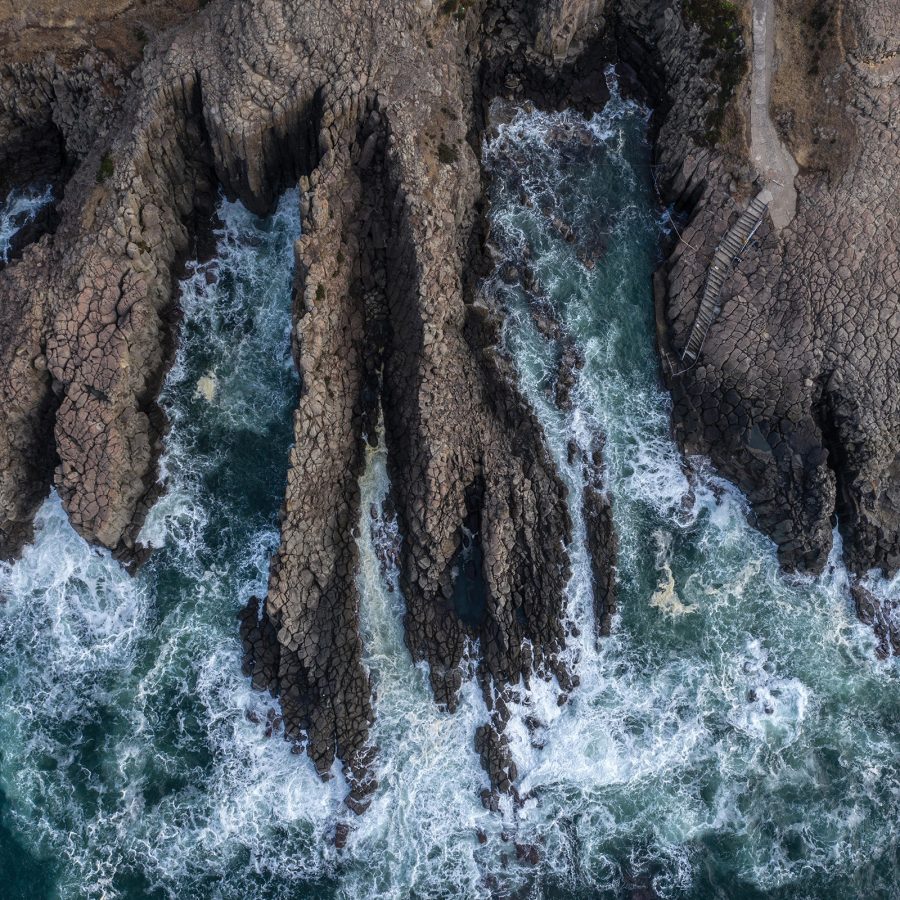
Credit: Carl Court/Getty Images
No trip to Japan is complete without an onsen visit, so we make our way to Kaga in Ishikawa prefecture – home to Yamashiro Onsen , a public bathhouse with a 1,300-year history. The two-storey structure was faithfully restored to its Meiji-era glory in 2010, complete with traditional wooden buckets. Soaking in a hinoki tub surrounded by stained glass and Kutani-yaki ceramic tiles proves therapeutic for us road-weary drivers.
With Japanese pop group Yoasobi’s song Drifting with the Sea on repeat, we head southwest, passing small lakes and shifting scenery. As the vistas grow bluer and clearer, we know we’re nearing Tojinbo, a kilometre-long stretch of rocky cliff running along the Sea of Japan, north of Fukui. We glimpse the spectacular sight of rugged, vertical cliffs carved by the waves, rising 25 metres above sea level, and ponder how this landmark hasn’t changed for millennia. Looking at the endless sea, with the waves crashing against the shoreline below and a cool breeze in our hair, we sense our journey coming to a close.
As if in a dream, it ends in Tokoname – the playful “town of maneki-neko (lucky cats)” – in Aichi Prefecture. There, one giant feline statue, over six metres wide and three metres tall, seems to whisper: “See you next time.”
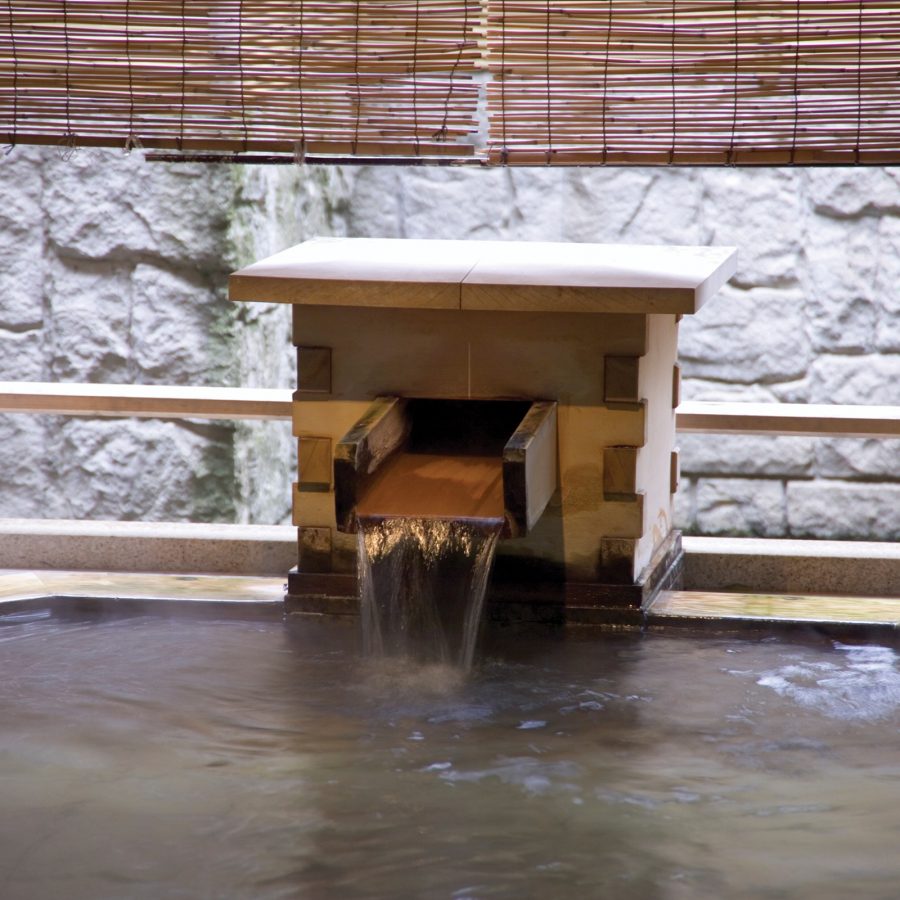
Credit: MIXA/Getty Images
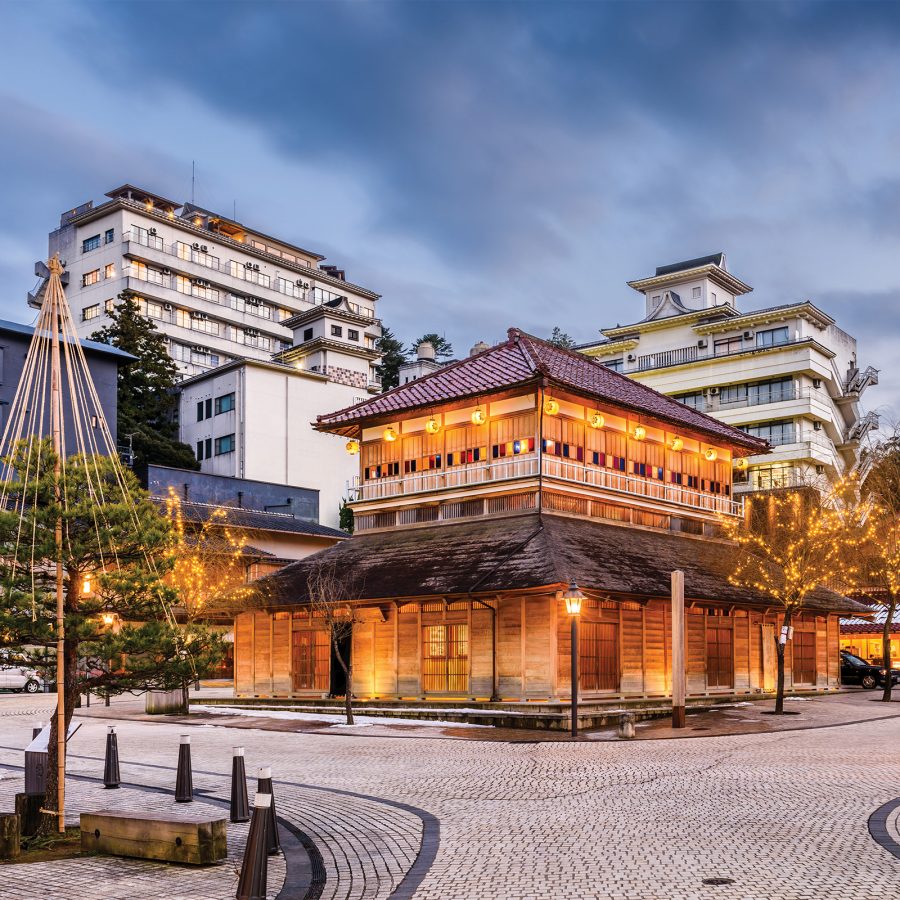
Credit: Sean Pavone/Getty Images
Where to stay
Fav Lux Hida Takayama
Located in the heart of Takayama, Fav Lux Hida Takayama is just a short walk from popular attractions such as Takayama Old Town, Miyagawa Morning Market and the Takayama Souvenir Shop. The hotel’s room types include double rooms, Japanese-style tatami rooms and spacious bunk options that can sleep up to eight.
Hoshino Resorts Kai Kaga
Hoshino Resorts Kai Kaga is a refined hot spring resort offering a culturally rich stopover in Kaga, on the way from Ishikawa to Fukui via the Hokuriku Expressway. Unwind in natural hot springs, savour seasonal kaiseki cuisine featuring local delicacies and participate in hands-on experiences with traditional crafts.
More inspiration
Nagoya travel information
- China – the Chinese Mainland, Hong Kong SAR, Macao SAR and Taiwan Region
- Hong Kong SAR - English
- Chinese Mainland (China) - English
- Taiwan, China - English
- 香港特別行政區 - 繁體中文
- 中国內地 - 简体中文
- 中國台灣 - 繁體中文
- Africa
- South Africa - English
- Asia
- Bangladesh - English
- Korea - English
- Singapore - English
- Cambodia - English
- 한국 - 한국어
- Sri Lanka - English
- India - English
- Malaysia - English
- Thailand - English
- Indonesia - English
- Maldives - English
- ประเทศไทย - ภาษาไทย
- Indonesia - Bahasa Indonesia
- Myanmar - English
- Vietnam - English
- Japan - English
- Nepal - English
- Việt Nam - tiếng Việt
- 日本 - 日本語
- Philippines - English
- Australasia
- Australia - English
- New Zealand - English
- Europe
- Belgium - English
- France - Français
- Россия - Русский
- Denmark - English
- Ireland - English
- Schweiz - Deutsch
- Deutschland - Deutsch
- Italia - Italiano
- United Kingdom - English
- España - Español
- Nederland - Nederlands
- Middle East
- Bahrain - English
- Saudi Arabia - English
- United Arab Emirates and Qatar - English
- Israel - English


